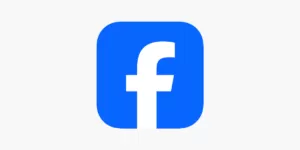10 Reasons Why X removed the option to hide verified checkmarks

Elon Musk to roll out new color coded verification system at Twitter in a week
- To reduce confusion among users: With the ability to hide checkmarks, it was difficult for other users to distinguish between verified and unverified accounts, leading to confusion and potential misinformation.
- To maintain the value of verification: Hiding checkmarks made the verification process less transparent, undermining the value of having a verified account.
- To combat impersonation: Hiding checkmarks made it easier for impersonators to pass off as verified accounts, posing a risk to the platform’s credibility.
- To encourage transparency: X aims to promote transparency among its users, and hiding checkmarks goes against this principle.
- To simplify the user experience: The option to hide checkmarks added an unnecessary layer of complexity to the platform, making it more difficult for users to understand who is verified and who isn’t.
- To improve trust and safety: By removing the option to hide checkmarks, X can better ensure that users are interacting with genuine, verified accounts, enhancing trust and safety on the platform.
- To align with the original purpose of verification: The verification process was originally designed to help users identify authentic accounts of public interest, and hiding checkmarks contradicts this purpose.
- To address concerns about the paid subscription model: The ability to hide checkmarks was introduced as part of the paid subscription model, which has been a controversial topic. Removing this feature may help alleviate some of the concerns surrounding the subscription model.
- To ensure consistency in branding: With the introduction of different tiers of verification (e.g., gold and grey checkmarks for businesses and governments), maintaining a uniform display of verification badges helps users quickly identify the type of account they are engaging with.
- To adapt to changing user needs and preferences: As X continues to evolve, the decision to remove the option to hide checkmarks may reflect a broader shift in the platform’s priorities and user expectations.







